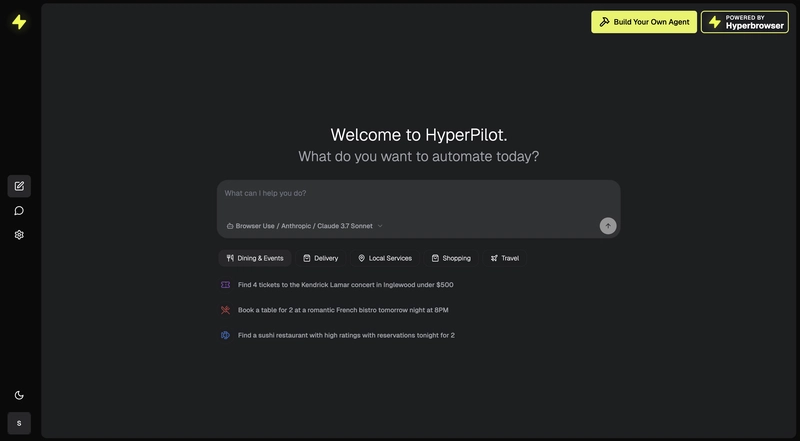Lotus Blossom APT Exploits WMI for Post-Exploitation Activities
The Lotus Blossom Advanced Persistent Threat (APT) group, also known as Lotus Panda, Billbug, and Spring Dragon, has intensified its cyberespionage efforts with new variants of the Sagerunex backdoor. These developments highlight the group’s evolving tactics, including leveraging Windows Management Instrumentation (WMI) for post-exploitation activities and employing legitimate cloud services for command-and-control (C2) communications. The […] The post Lotus Blossom APT Exploits WMI for Post-Exploitation Activities appeared first on Cyber Security News.

The Lotus Blossom Advanced Persistent Threat (APT) group, also known as Lotus Panda, Billbug, and Spring Dragon, has intensified its cyberespionage efforts with new variants of the Sagerunex backdoor.
These developments highlight the group’s evolving tactics, including leveraging Windows Management Instrumentation (WMI) for post-exploitation activities and employing legitimate cloud services for command-and-control (C2) communications.
The group’s recent campaigns primarily target government entities across the Asia-Pacific (APAC) region.
Lotus Blossom’s attack chain begins with initial access achieved through spear-phishing, watering hole attacks, or exploiting vulnerabilities in public-facing applications.
Once inside a network, the group utilizes WMI to facilitate lateral movement. This technique enables attackers to execute commands on remote systems without deploying additional malware, making detection more challenging.
On compromised machines, the attackers deploy a suite of tools, including RAR archivers for data compression, custom proxy utilities like Venom for traffic relaying, and Chrome cookie stealers for credential harvesting.
Reconnaissance commands such as tasklist, ipconfig, and netstat are executed to gather system and network information.
If direct internet access is unavailable, the group uses proxy configurations or deploys Venom to route traffic through other infected hosts.
Persistence is achieved by installing Sagerunex backdoor variants into the Windows Registry. These variants masquerade as legitimate system services by hijacking trusted service names like “tapisrv” and “swprv.”
The backdoor is configured to run automatically upon system startup, ensuring long-term access.
Command-and-control via Legitimate Platforms
The Sagerunex backdoor demonstrates advanced evasion techniques by utilizing legitimate platforms such as Dropbox, Twitter (X), and Zimbra for C2 communications.
According to Picus Security, these platforms allow attackers to blend malicious traffic with normal user activity.
For example:
- Dropbox: Stolen data is encrypted and uploaded as
.rarfiles. - Twitter: Commands are embedded in status updates.
- Zimbra: Exfiltrated data is hidden in draft emails or inbox content.
These methods complicate detection by traditional network monitoring solutions. Additionally, encrypted communication channels further obscure malicious activity from intrusion detection systems.
Organizations must adopt a multi-layered defense approach to mitigate the risks posed by Lotus Blossom:
- Endpoint Detection and Response (EDR): Deploy behavior-based EDR tools capable of identifying suspicious activities such as registry modifications and encrypted communications with cloud services.
- Network Segmentation: Limit lateral movement by segmenting networks and implementing a zero-trust model.
- Security Validation: Use Breach and Attack Simulation (BAS) platforms to test defenses against Lotus Blossom’s tactics.
- Incident Response Preparedness: Develop and regularly test incident response plans to detect and contain advanced threats quickly.
The Lotus Blossom APT group’s sophisticated use of WMI, legitimate cloud platforms, and stealthy persistence mechanisms underscores the need for robust cybersecurity measures tailored to counter advanced threat actors.
Investigate Real-World Malicious Links & Phishing Attacks With Threat Intelligence Lookup - Try for Free
The post Lotus Blossom APT Exploits WMI for Post-Exploitation Activities appeared first on Cyber Security News.













































































